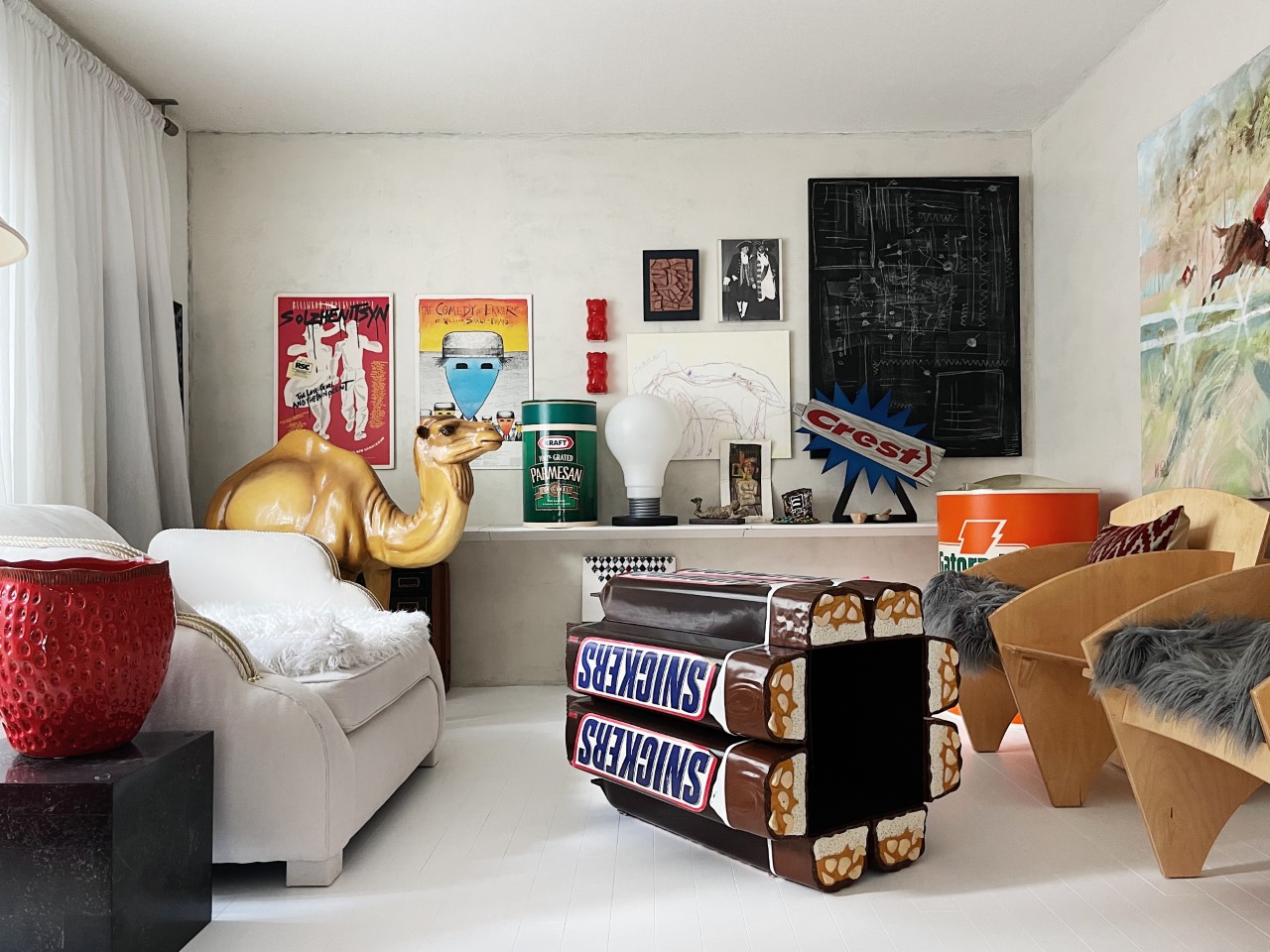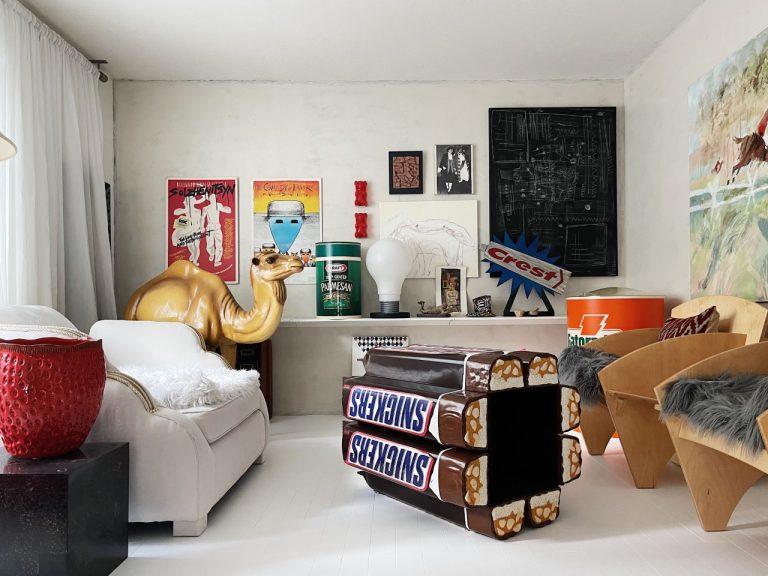Whether it's a neutral, uncluttered kitchen or a colorful, eclectic living room, the design of a home's interior usually reflects the personality of its owner. Home design comes in many forms, but maximalism and minimalism are two popular (but completely opposite) styles worth considering for your next renovation or new build. Here, we'll take a closer look at the two aesthetics.
Minimalism
Taking a simple design approach makes it easy to bring a space together. Reducing clutter, combining a neutral color palette and organization creates a modern, minimalist home. Interior designer Anne Newman of Partners 4, Design describes minimalism as “clean, very open and without a lot of decoration.” Furniture is simple, typically geometric in shape, and placed in open spaces with natural light. Minimalism also advocates quality over quantity, which means having a few high-quality items instead of a constant flow of furniture into your home.
 Photo courtesy of Gilbertson Photography
Photo courtesy of Gilbertson Photography
Minimalism is growing in popularity, Newman says, because people are “letting go of things they don't really need.” Recognizing the importance and purpose of an item is key to minimalism, she says. And organizing those stored items is a big part of the design process. Newman focuses on storage and reducing unnecessary clutter. “It's like reducing clutter,” she says. For example, Newman likes to clear her counters and enjoy the resulting feeling of openness.
When everything is uncluttered and simple, interesting features emerge. In the kitchen, Newman chose slabs for the cabinet fronts to maintain a clean, fresh look. Her favorite way to use minimalism is to have a monochrome color palette and then carefully choose items that pop with color, like a red sofa in a black-and-white color theme or a large piece of art above the fireplace. “Definitely choose bold pieces,” she says.
Newman also loves incorporating plants and flowers to bring warmth to a minimalist design. While some may think minimalism is too industrial or uncomfortable, Newman wants to make it clear that the opposite is true. “People don't have to feel like it's super stark or institutional,” she says. There are easy ways to bring comfort to a minimalist home. When it comes to deciding if minimalism is right for you, it ultimately comes down to personality. “People who are very comfortable with this style are very organized people,” says Newman.
 Photo courtesy of Gilbertson Photography
Photo courtesy of Gilbertson Photography
Maximalism
Gladys Tay is a designer and vintage dealer who loves to decorate her Shoreview home with unusual and quirky pieces. She expresses herself in all sorts of ways through maximalism, creating a home she loves. “Right now, I have Snickers bars in my living room,” Tay says with a laugh. She says the human-sized Snickers, once used in advertising schemes filled with candy, is her favorite vintage item in her home today.
In Tay's words, maximalism is “surrounding yourself with what you love and what brings you joy.” She advocates creating a story using lots of color, layers, and texture. Covering your walls with artwork and adding unique objects on your coffee table are easy ways to show off your creative side.
Creating a cohesive space can seem daunting and impossible with the constant influx of objects and décor, but Tay reassures with this advice: “Buy things that are important to you, not just buy things to follow trends,” Tay advises. “Once you start buying things that resonate with you, a cohesive look will naturally emerge.”
 Photo: Gladys Tay
Photo: Gladys Tay
According to Tay, the easiest way to get started with maximalism is to start with a blank slate. “I like to keep my walls and floors in neutral colors, like whites and creams,” she says. Then, the sky's the limit when it comes to decorating. “It's really easy to play with color,” she says, especially if you have a neutral base. Tay also encourages layering, saying, “I think some people are scared of layering. Bring in lots of blankets, pillows, throws, things that bring personality.”
According to Tay, the most important thing about maximalist decorating is having fun: when it comes to choosing vintage pieces for herself, she tends to lean towards humor, pop culture and “things that remind me of my childhood.”
Despite the differences
Though it may be difficult to achieve, there is a middle ground between vastly different styles. No matter which design concept you choose, neutral colors play a key role in creating the ideal space. Whether it's providing a blank canvas for colorful pieces or providing a cohesive color palette for a modern, geometric space, neutrals can help.
But which style suits you? Your personality plays a big role in deciding which trend to follow. Minimalism and maximalism both depend on how you want to express yourself. If you like organization and a satisfying, simple look, minimalism might suit you. But if you like to surround yourself with color and live in creativity, maximalism might suit you.
There is no wrong way to design a space, but there is a wrong way to design your space. Pay attention to yourself and how you enjoy life.

